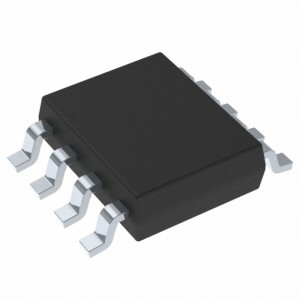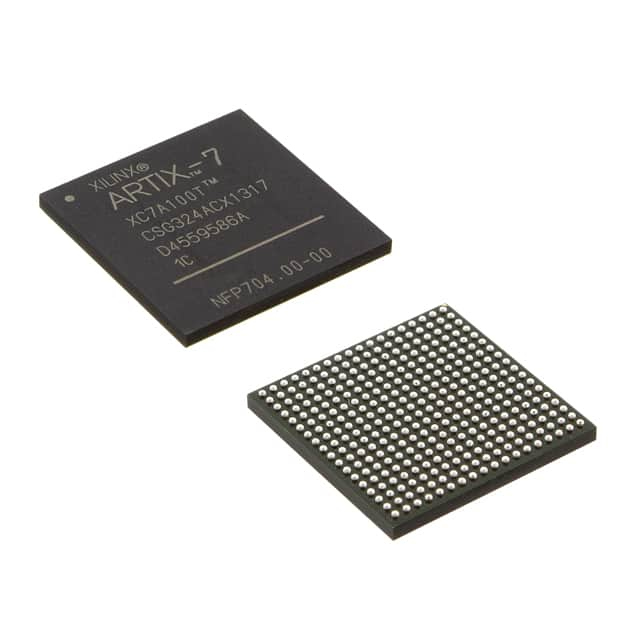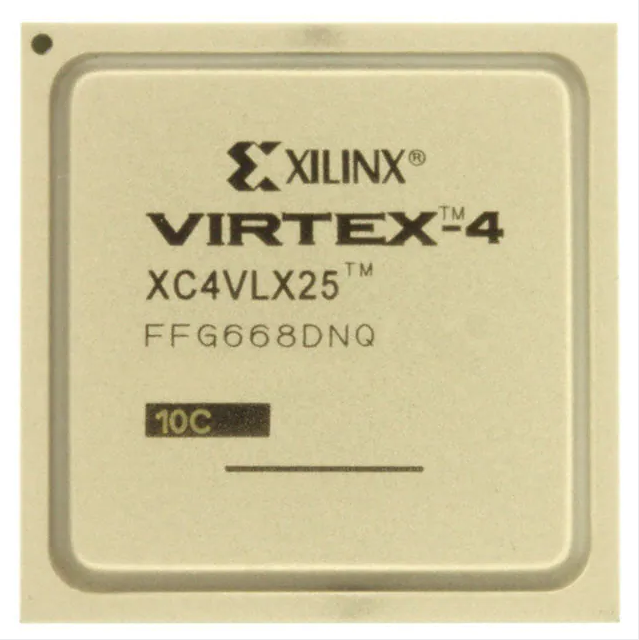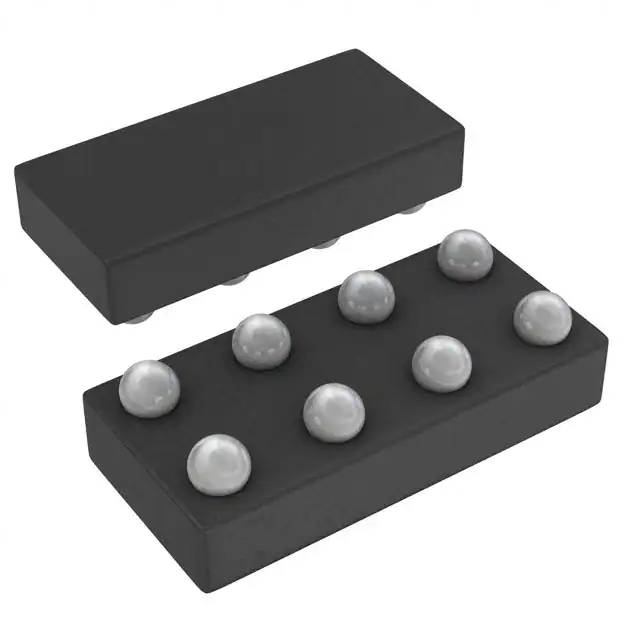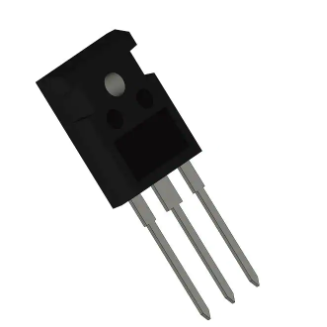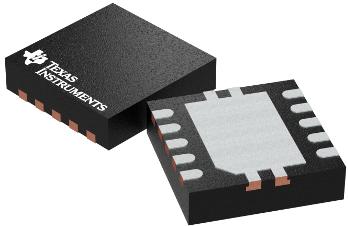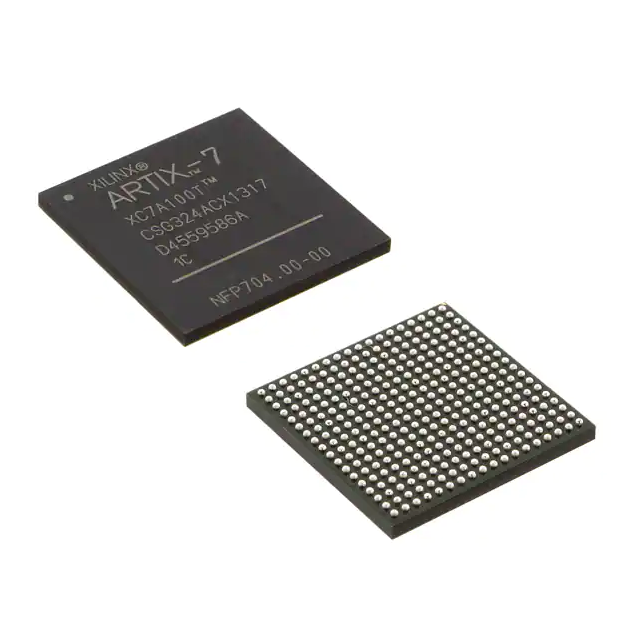JXSQ New and Original IC chips REG BUCK ADJ 3.5A 8SOPWR TPS54340DDAR electronics components
Product Attributes
| TYPE | DESCRIPTION |
| Category | Integrated Circuits (ICs) |
| Mfr | Texas Instruments |
| Series | Eco-Mode™ |
| Package | Tape & Reel (TR)
Cut Tape (CT) Digi-Reel® |
| SPQ | 2500T&R |
| Product Status | Not For New Designs |
| Function | Step-Down |
| Output Configuration | Positive |
| Topology | Buck |
| Output Type | Adjustable |
| Number of Outputs | 1 |
| Voltage - Input (Min) | 4.5V |
| Voltage - Input (Max) | 42V |
| Voltage - Output (Min/Fixed) | 0.8V |
| Voltage - Output (Max) | 41.1V |
| Current - Output | 3.5A |
| Frequency - Switching | 100kHz ~ 2.5MHz |
| Synchronous Rectifier | No |
| Operating Temperature | -40°C ~ 150°C (TJ) |
| Mounting Type | Surface Mount |
| Package / Case | 8-PowerSOIC (0.154", 3.90mm Width) |
| Supplier Device Package | 8-SO PowerPad |
| Base Product Number | TPS54340 |
Why do chips (or electronic manufacturing) use semiconductors rather than conductors?
Semiconductors have become an important part of life and their use is ubiquitous. Without semiconductors, there would be no radio, no computers, no mobile phones, no TVs, no washing machines, no video games, and certainly no 3D printing, autonomous driving, smart medicine, or photovoltaics. The rapid development of the Internet of Things has also made semiconductors even more versatile.
Despite relying on vacuum tube technology (vacuum tubes, also known as electron tubes, were replaced by semiconductors for reasons of high cost, non-durability, size, and low efficiency, with electrodes and filaments inside that are conductive), many electronic devices were created. Looking back at the days of the vacuum tube, televisions, phonographs, and radios all contained vacuum tube circuits that required several minutes of warm-up each time they were powered on and were extremely unstable. Over the last 60 years, semiconductor technology has allowed devices to become faster, smaller, and more stable.
So why use semiconductors to make these electronic devices, rather than conductors?
What are semiconductors? A semiconductor is a material that conducts electricity between a conductor (usually a metal) and an insulator (mostly a ceramic). Semiconductors can be pure elements (silicon or germanium) or compounds (gallium arsenide or cadmium selenide). In the process of doping, small amounts of impurities are added to the pure semiconductor, resulting in a significant change in the electrical conductivity of the material.
Most electronic devices are manufactured based on transistors, which in turn perform functions such as amplification, oscillators, and arithmetic, which are all done by semiconductors.
So why semiconductors and not conductors?
Because semiconductors have a wide range of conductivities, conductors have only very high conductivities, which are not always required in everyday life. With semiconductors and appropriate doping, the conductivity can be changed according to requirements. At the same time, it is not possible to dope conductors, the uncontrollable nature of which makes it impossible to achieve exactly what is needed (imagine that conductors have a large number of charge carriers and doping has little effect).
Assuming that points A and B in a circuit are connected by a conductor, there will be a voltage between them and current will flow between the two points; there is no way to control the flow of current here. Conversely, if points A and B are connected by an insulator, the current will not flow and there is little that can be done to allow the current to flow (unless the voltage is increased to an unimaginable level).
However, if a transistor is used between points A and B, it provides a powerful method of controlling the current. The transistor sits between points A and B, adding a new point C so that applying a voltage difference between points C and B will cause the current to start flowing between A and B. These can be carried out at very low voltages (below 5 volts) and low currents (low power consumption). It is not possible to use only conductors or insulators. Because conductors will always conduct, insulators will never conduct and only semiconductors achieve opening and closing.
Without considering extreme players (some would say pick a tiger cub), most people would choose a cat. For extreme players, would you choose a big tiger? The obvious reason is: uncontrollable and ferocious. It is very much like a conductor and a semiconductor.
Tiger = conductor (no control over conductivity)
Cat = semiconductor (conductivity can be controlled by doping)
The world of science is rigorous and any technology that is not controllable will not last.







